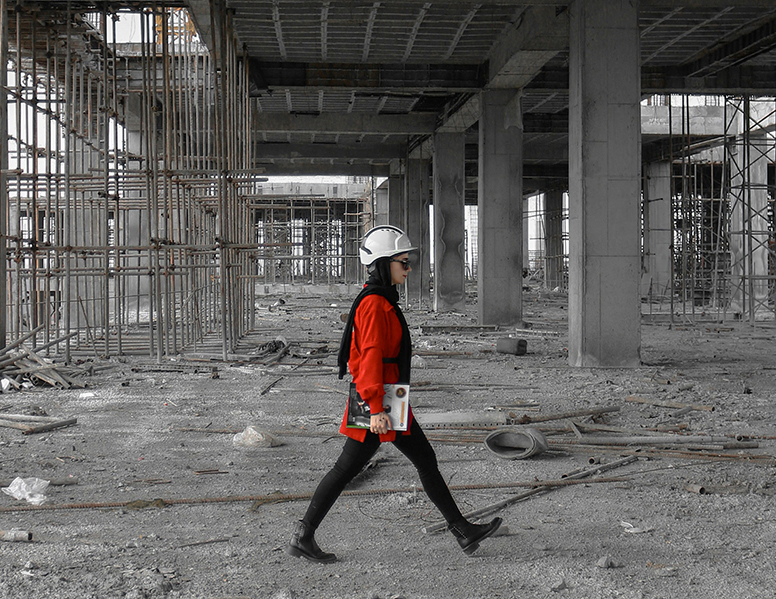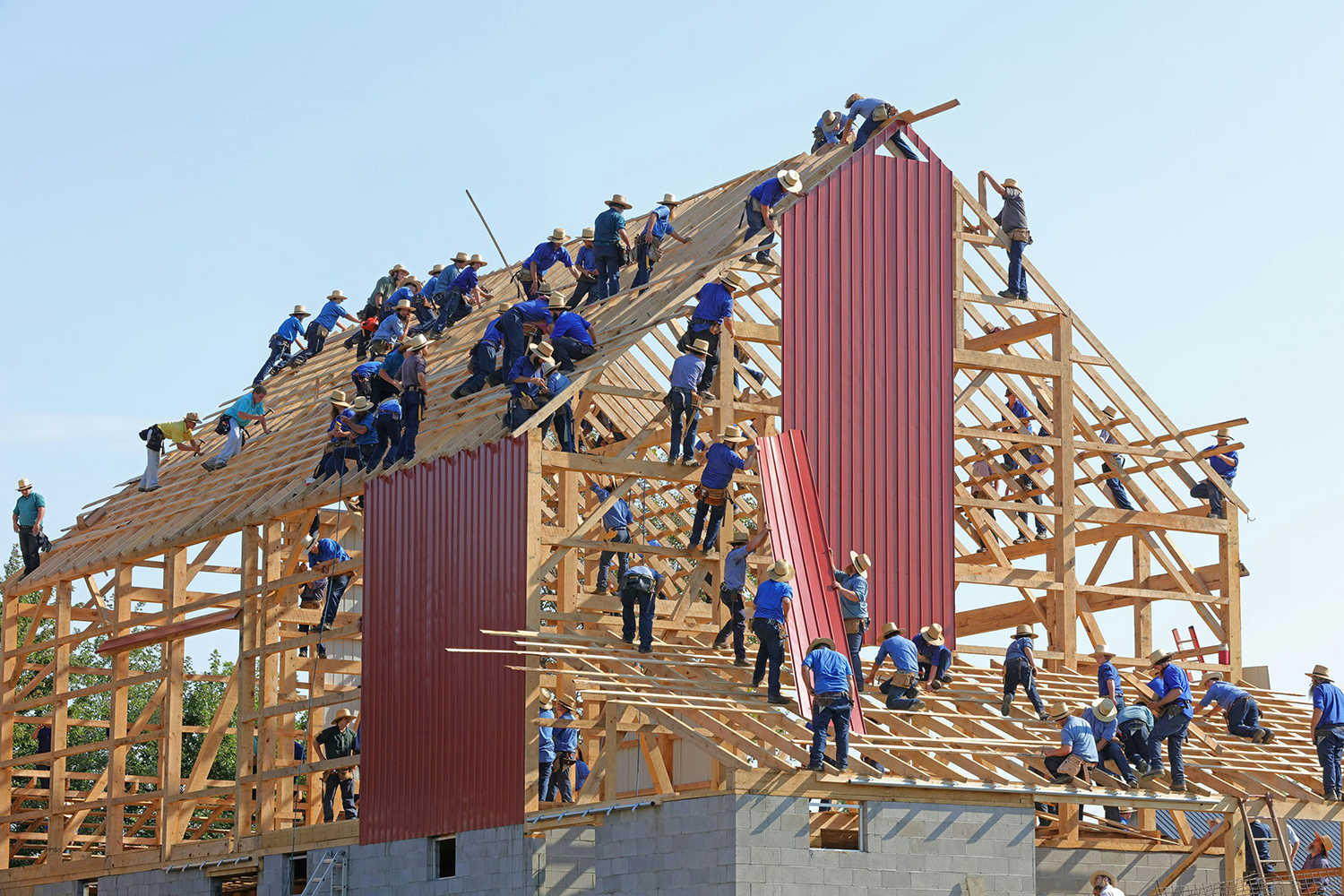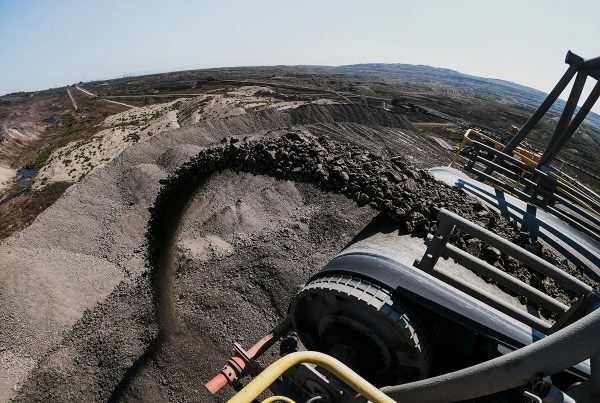The construction industry is a significant contributor to environmental pollution. Construction projects release greenhouse gases, contaminate drinking water and produce landfill waste.
Construction materials themselves can suffer, too. Pollution can impact the durability and integrity of construction materials. Explore the pollution-induced chemical and physical processes that degrade these materials and the associated implications for the industry.
Metal Corrosion From Atmospheric Pollutants
Metal is a prized construction material used for its strength and durability. However, harmful gases and solid particulate matter make it susceptible to corrosion. Metals interacting with pollutants like sulfur dioxide (SO2), nitrogen oxide (NO) and ozone (O3) accelerate the oxidation and corrosion processes.
SO2 alone cannot do much to metals. However, if it is exposed to the atmosphere and reacts with water vapor and oxygen, it creates an abrasive form of sulphuric acid (H2SO4), which can damage steel and iron.
Even the iconic Eiffel Tower has been plagued with rust on its rivets and beams due to city pollution and bird droppings. Reports say that over $60 million will be spent in recoating efforts to protect the tower.
Acid rain is another concern for metal. Nitric acid and sulfuric acid make acid rain acidic. When it lands on metal buildings, statues and other structures, it can cause corrosion. While this can result in high repair or replacement costs, it can also result in a loss of detail on notable statues and monuments.

Impact of Pollution on Wood
Wood is among the oldest materials used to erect buildings and is particularly vulnerable to pollution. Pollutants can settle on wooden surfaces and alter their chemical structure over time.
For example, acid rain can react with water vapor and accelerate the decay of wood materials. Acidic conditions canreduce the strength of wood by decomposing lignin and cellulose.
Wooden construction materials can also weather due to sun radiation. While sunlight is not a pollutant itself, pollution does weaken the Earth’s ozone layer, meaning the sun’s UV rays are able to penetrate the Earth more than usual. These rays can cause wood to become weathered and discolored.
Additionally, climate change has led to increased humidity levels, which create an ideal environment for fungi and pests to infest wood. Extreme temperatures can also cause physical damage, causing it to warp, swell or even shrink.
Stone Erosion and Pollution
Even hardy stone, a construction material synonymous with architectural grandeur, is not immune to pollution-induced damage. The same culprit, sulphuric acid, and other pollutants like nitrogen oxide contribute to the chemical weathering of carbonate stones, especially limestone and marble.
India’s immense mausoleum, the Taj Mahal, is a prime example of this phenomenon. The once-white marble is now plagued by “marble cancer,” a yellowing of its facade due to acid rain and particulate matter.
Efforts to curb pollution from the road and nearby factories are ongoing, but the Taj Mahal still faces restoration problems. Many other monuments across the globe are in serious disrepair after acid rain claimed their aesthetic value.
Concrete Degradation From Pollution
Concrete is a staple in modern construction but is surprisingly vulnerable to pollution. Saltwater, groundwater and corrosive gases can cause concrete deterioration.
While natural saltwater is not considered a pollutant, excessive amounts of salt in freshwater can be considered a pollutant that harms aquatic life and infrastructure. Chloride ions (Cl-) from the salt-laden air penetrate concrete and accelerate the corrosion in its steel reinforcements.
Carbon dioxide (CO2) in the atmosphere can also react with the calcium hydroxide (Ca(OH)2) in concrete to create calcium carbonate (CaCO3). This process, called carbonation, has some benefits. For example, it allows cement-based products to sequester CO2, making cement-based products “carbon sinks.” However, late-stage carbonation can impact steel-reinforced concrete’s corrosion resistance.
Sulfates can also penetrate concrete and cause slabs to expand, sometimes causing cracks that can threaten walls. Sulfate-resistant concrete is a solution for these sulfate attacks, especially when it comes to underground projects where sulfate is suspected to be present.
The Financial and Environmental Costs
Pollution-induced degradation comes with staggering economic costs. The global maintenance costs for buildings affected by pollution will continue to skyrocket as climate change worsens. Beyond the financial implications, the environmental impact of frequent repairs and restorations will further drive resource depletion and increase carbon emissions.
What Construction Companies Can Do
Construction companies can reduce their carbon footprints by:
- Using sustainable building materials.
- Reducing their fuel consumption.
- Reducing waste generation.
- Partnering with land developers to build more eco-friendly buildings.
- Investing in sustainable techniques and technologies.

The High Cost of Neglect on Pollution-Induced Degradation
The degradation of construction materials due to pollution is a pressing issue with far-reaching implications for engineering, architecture and environmental sustainability. By understanding the hidden pollution costs and implementing strategic solutions, the construction industry can build more resilient and sustainable structures that withstand the test of time and worsening weather.











